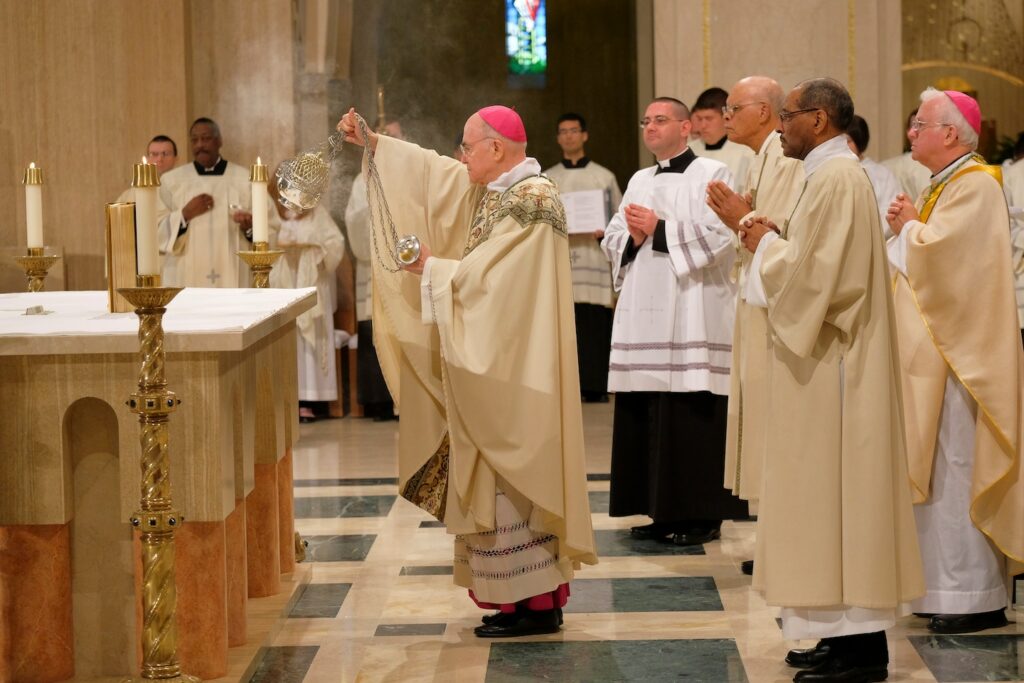What are the implications of the excommunication of Archbishop Viganò for the broader Catholic community?
Vatican Takes Bold Step: Excommunicates Archbishop Viganò for Defying Pope
In a bold and unprecedented move, the Vatican has announced that Archbishop Carlo Maria Viganò has been excommunicated for his continued defiance of Pope Francis and the Roman Catholic Church. This decision comes after months of tension between Archbishop Viganò and the Vatican, as the former has publicly criticized and accused the Pope of covering up alleged cases of sexual abuse within the Church.
The excommunication of Archbishop Viganò marks a significant development in the ongoing saga of internal conflict within the Catholic Church. It also raises important questions about the authority of the Pope, the role of dissent within the Church, and the broader implications for Catholicism as a whole.
The Background
The conflict between Archbishop Viganò and the Vatican stems from the former’s allegations that Pope Francis was aware of and ignored sexual abuse allegations against former Cardinal Theodore McCarrick. Viganò also accused several other high-ranking Church officials of being complicit in the cover-up of these allegations.
The Archbishop’s public accusations, made through a highly publicized and controversial letter, created a major rift within the Church and sparked widespread debate and scrutiny. His refusal to retract or apologize for his statements further exacerbated the situation, leading to the Vatican’s decision to excommunicate Archbishop Viganò.
The Implications
The excommunication of a high-ranking Church official like Archbishop Viganò is not a common occurrence and carries significant implications for the Catholic Church. This move underscores the Vatican’s commitment to upholding its authority and preserving the unity of the Church.
It also sends a clear message that dissent and public criticism of the Pope by a member of the clergy will not be tolerated. This has sparked mixed reactions within the Catholic community, with some supporting the Vatican’s decision as necessary to maintain order and discipline, while others view it as an infringement on the Archbishop’s freedom of expression.
The Vatican’s Position
The Vatican has defended its decision to excommunicate Archbishop Viganò, emphasizing the need for internal unity and adherence to Church doctrine. In a statement, the Vatican stated that Archbishop Viganò’s actions constituted a ”grave breach of ecclesiastical discipline” and reaffirmed the Pope’s authority as the supreme head of the Catholic Church.
This move aligns with the Vatican’s broader efforts to address the issue of sexual abuse within the Church and restore trust and credibility among its followers. By taking a firm stance against Archbishop Viganò’s defiance, the Vatican aims to demonstrate its commitment to accountability and transparency in addressing sensitive and complex challenges.
The Reaction
The excommunication of Archbishop Viganò has sparked intense reactions within the Catholic community and beyond. While some have expressed support for the Vatican’s decision, others have raised concerns about the potential for further division and alienation among Church members.
Critics argue that the excommunication of Archbishop Viganò may deepen existing rifts within the Church and exacerbate the erosion of trust in its leadership. They also question the impact of this decision on the broader dialogue around accountability and transparency within the Catholic Church.
Conclusion
The excommunication of Archbishop Viganò is a significant development that highlights the complex dynamics at play within the Catholic Church. It underscores the challenges of navigating internal dissent and preserving the authority and unity of the Church in the face of profound differences and controversies.
As the Vatican takes a firm stance against Archbishop Viganò’s defiance, the broader implications for the Catholic Church remain to be seen. The excommunication raises important questions about the limits of dissent, the role of the Pope, and the ongoing efforts to address issues of accountability and transparency within the Church.
In the wake of this decision, it is clear that the Catholic Church faces critical internal challenges that will continue to shape its future trajectory and impact its relationship with its followers. As the Church grapples with these complexities, the excommunication of Archbishop Viganò serves as a pivotal moment in its ongoing quest for resolution, reconciliation, and renewal.
The Vatican imposed a severe punishment on the most vocal critic of Pope Francis, Archbishop Carlo Maria Viganò, by excommunicating him for his refusal to acknowledge the pope’s authority and the liberal reforms made by the Roman Catholic Church. This rare move indicates the Vatican’s loss of patience with critics like Viganò, who have challenged papal authority and embraced conspiracy theories.
The Vatican’s disciplinary body, the Dicastery of the Doctrine of the Faith, issued a formal decree assigning Viganò to a penal canon trial for the crime of schism and denial of the legitimacy of Pope Francis. This public statement showcased his refusal to recognize and submit to the pope and the church authority subject to him, making him guilty of a reserved delict of schism.
The excommunication means that Viganò cannot officially accept Catholic sacraments, such as Communion, ordain priests, or officiate Mass. However, he could potentially face defrocking if he remains unrepentant.
The pope’s critics, especially Viganò, are being closely monitored by the Vatican’s disciplinary arm, indicating a shift in the church’s tolerance for dissent. Despite being considered a darling of conservative U.S. Catholics in the past, Viganò has escalated his attacks on Pope Francis, accusing him of misconduct without providing evidence.
This drastic move by the Vatican is a clear message that dissent against the current papal leadership will no longer be tolerated. Viganò’s transformation from a conservative critic to a fringe firebrand has resulted in excommunication, serving as a warning to others who challenge the authority of the pope and the Catholic Church.
